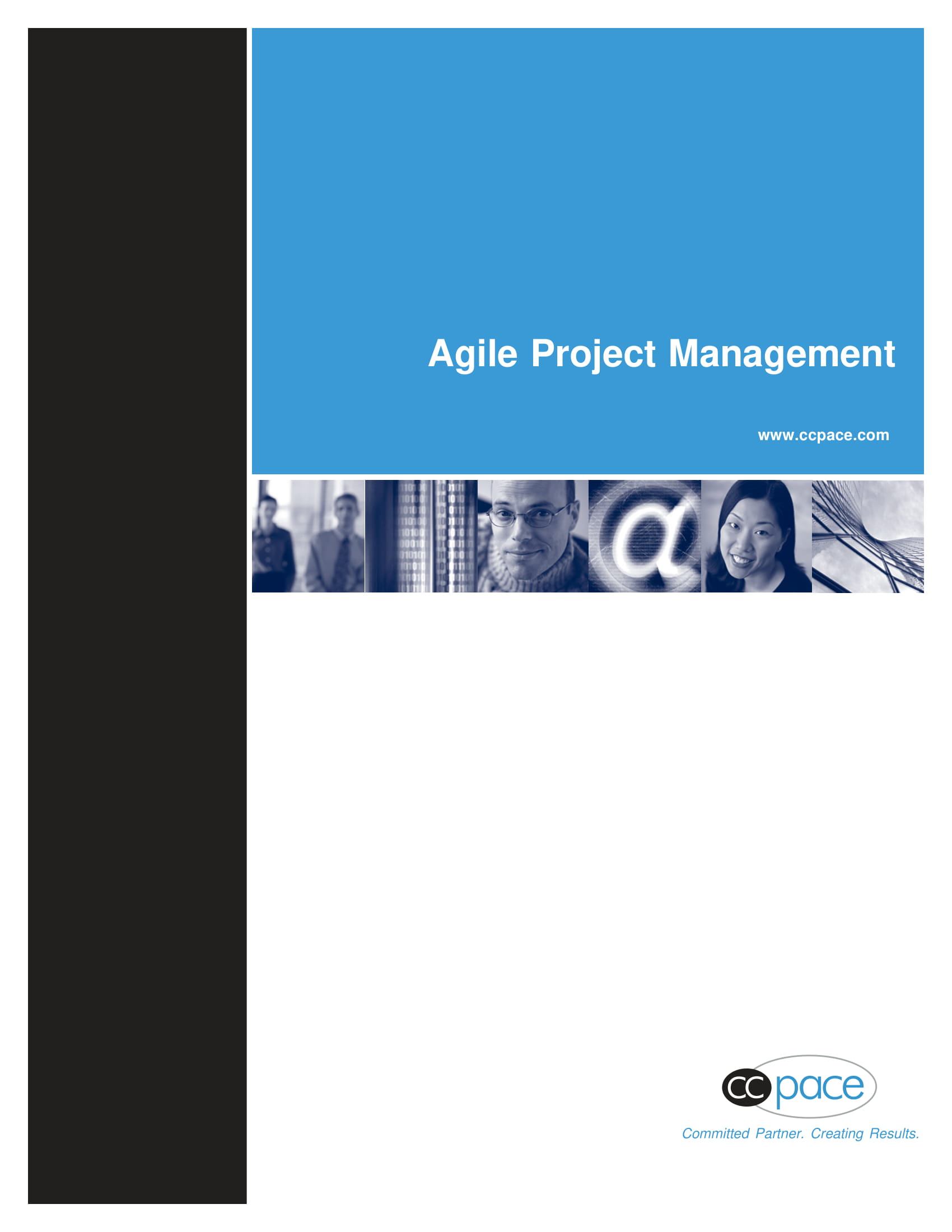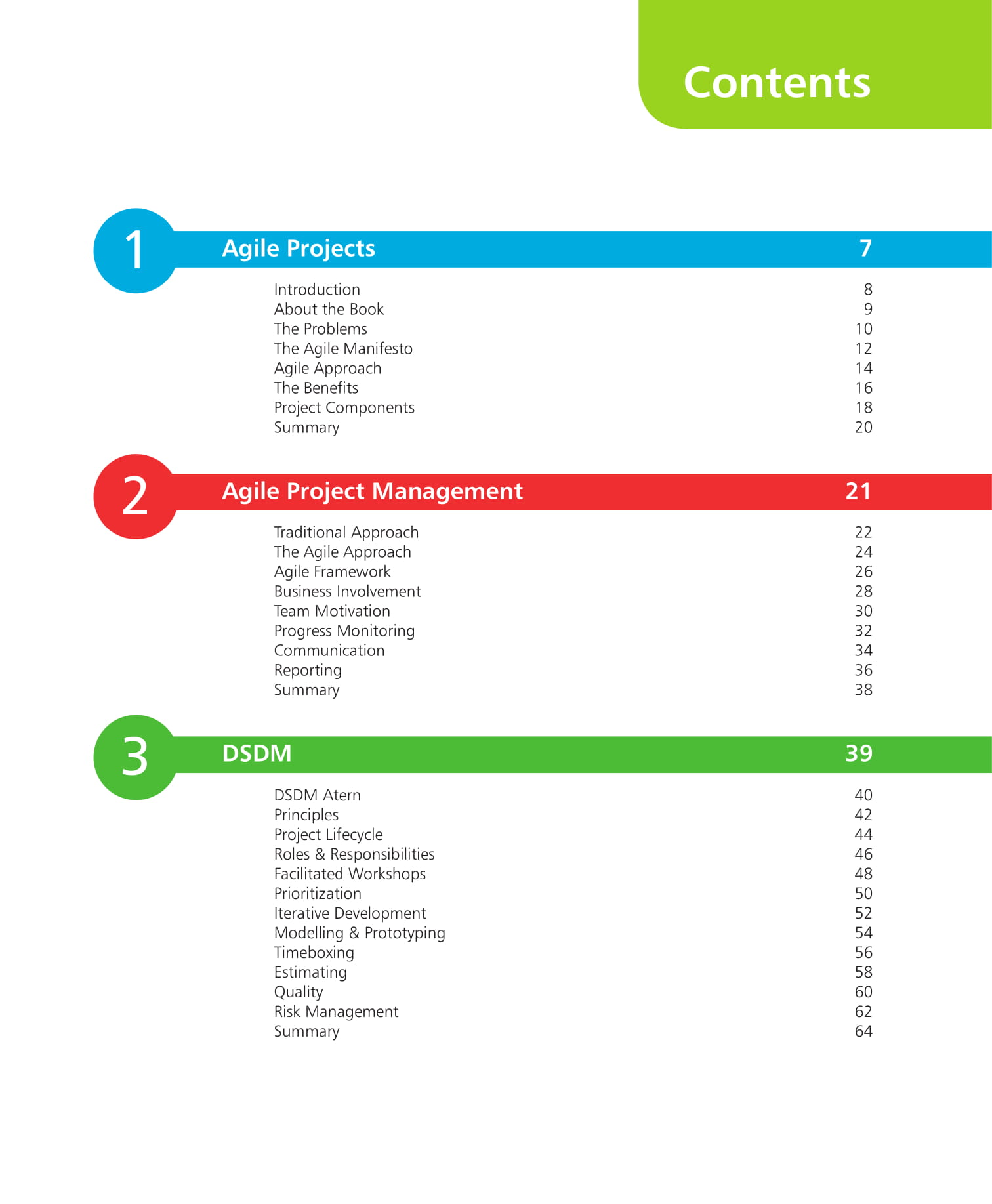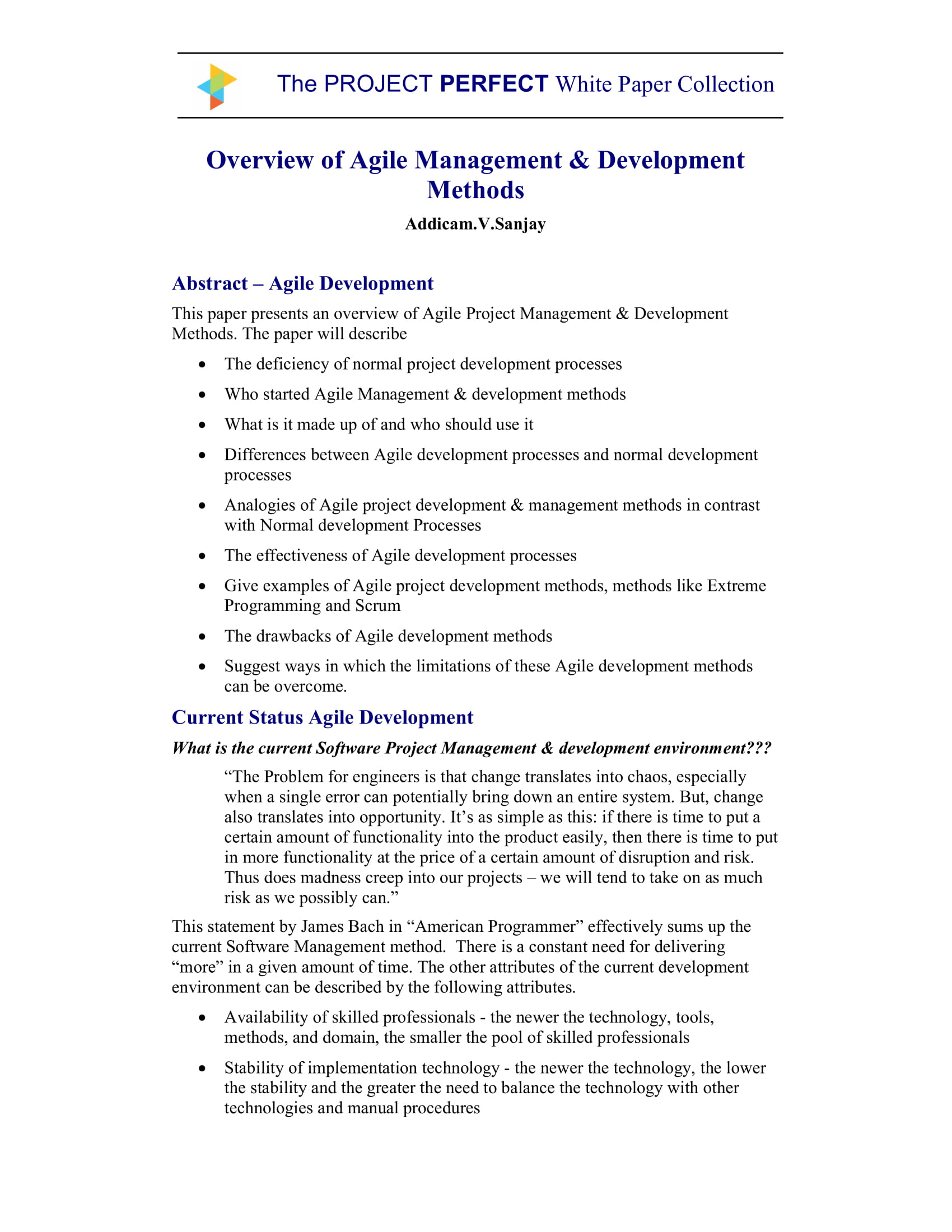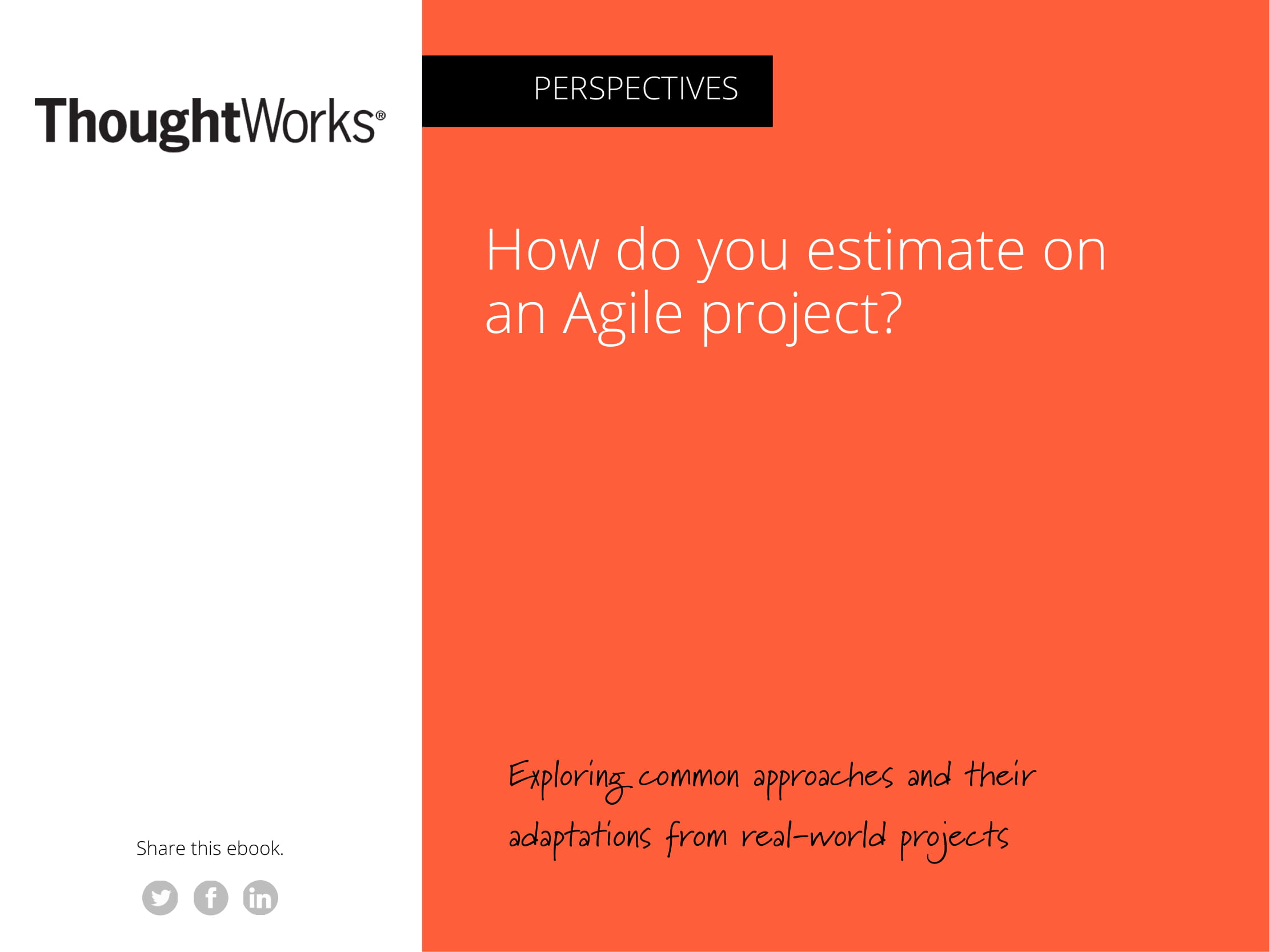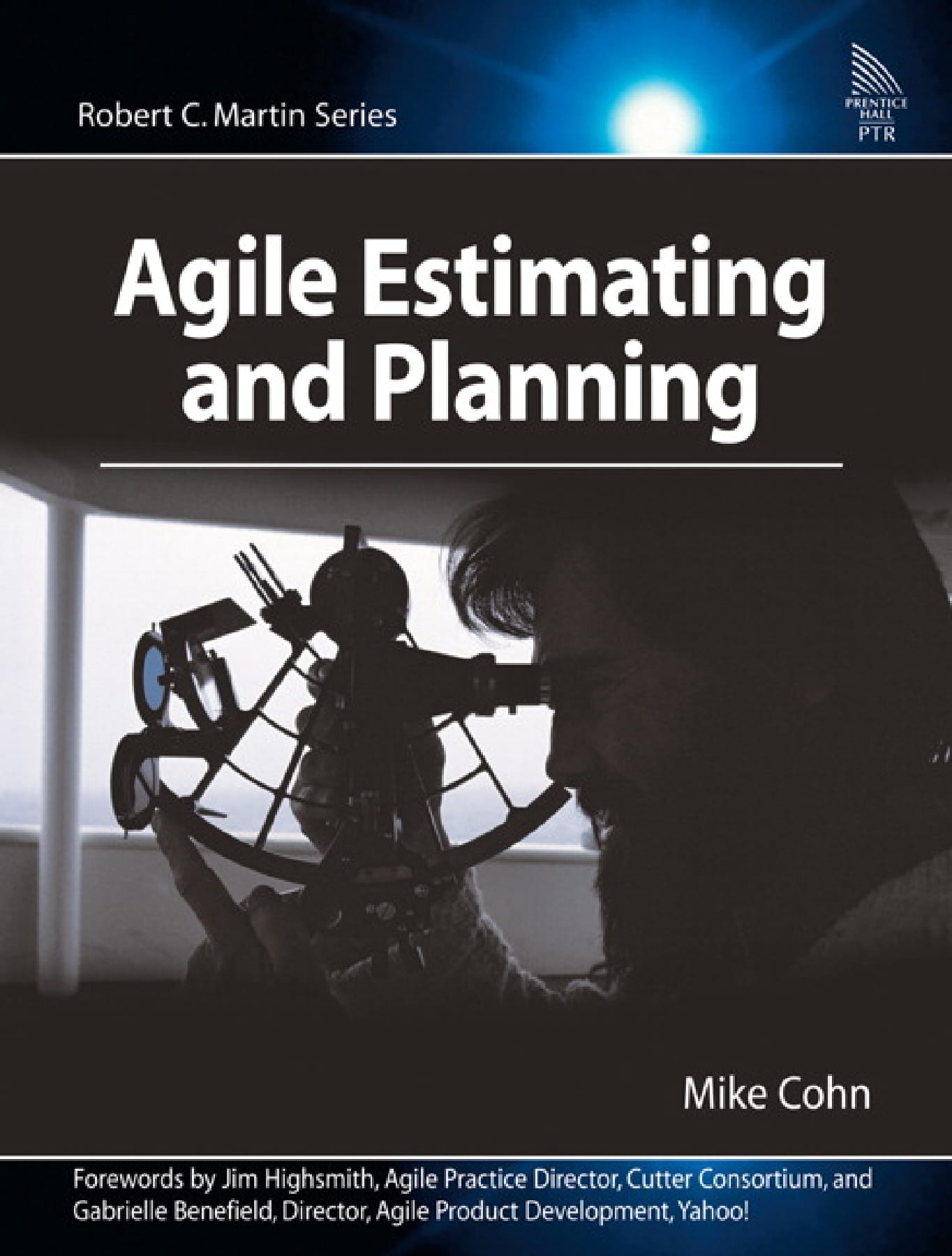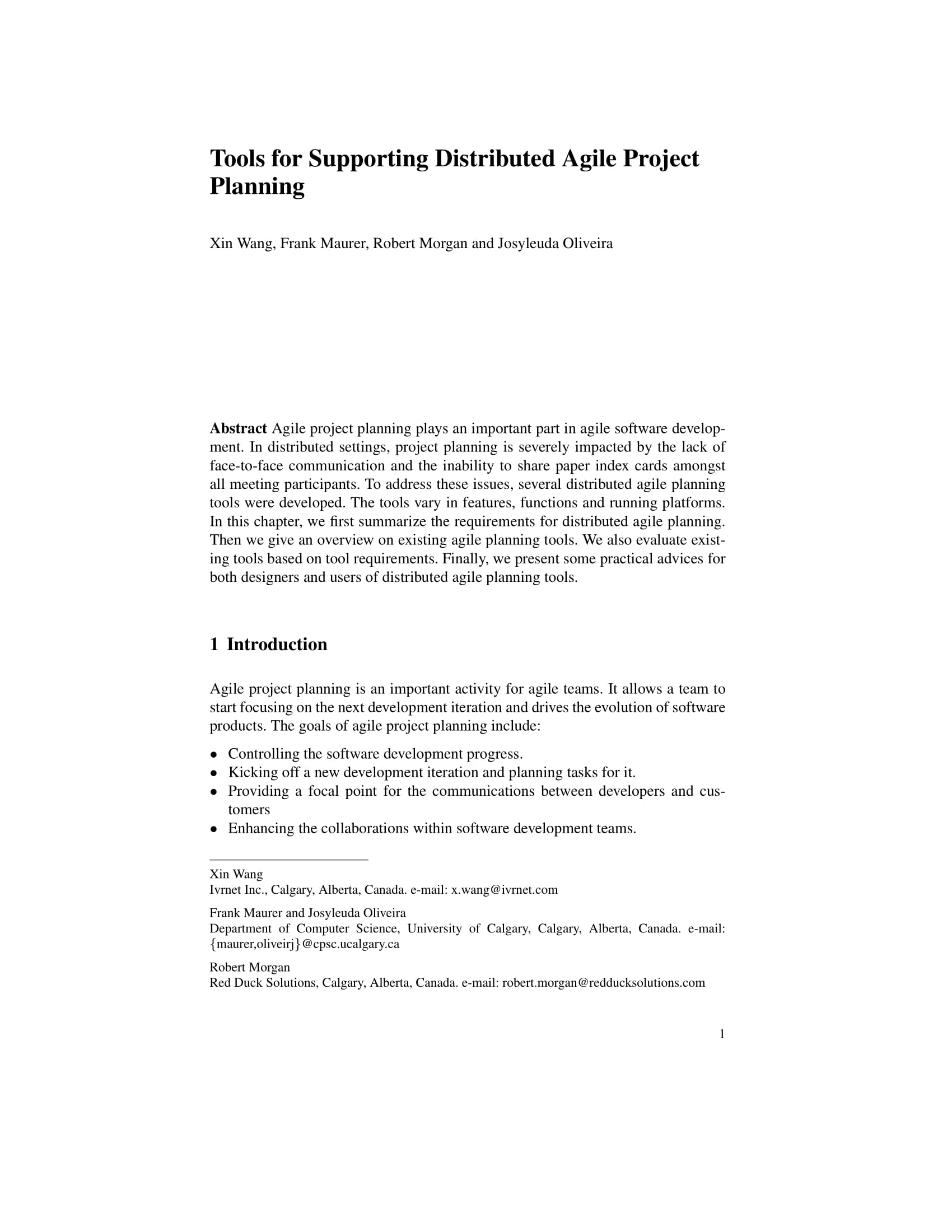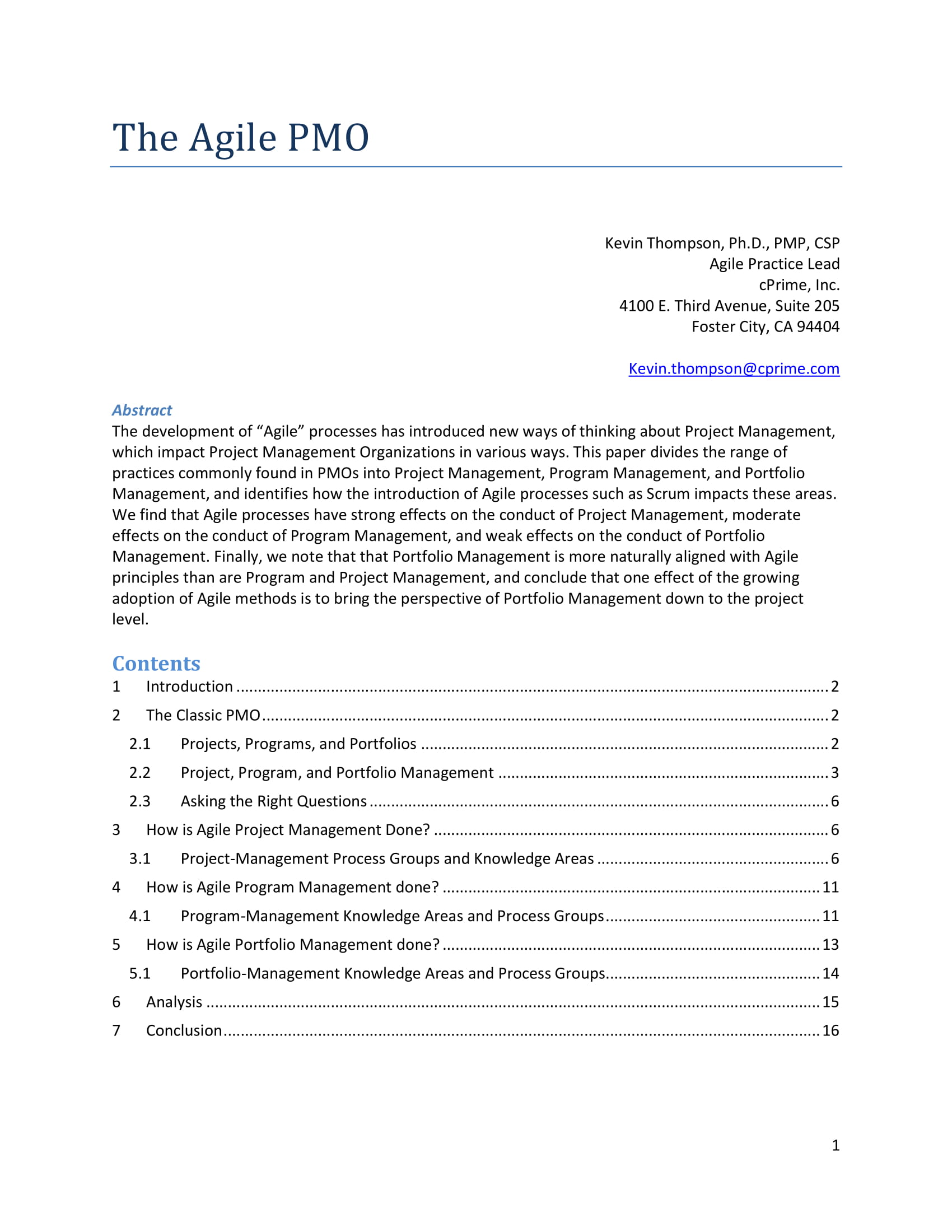15+ Agile Project Plan Examples
There are several ways on how project management can be done by project heads and managers. Aside from the different kinds of projects that every project manager handles, the approach on the entire process can also impact the differences when managing project processes. As an example, an agile project plan can be used instead of a regular project management plan.
One of the things that separate an agile project plan from traditional project management plans is that it is owned by the workforce since they are the entities who are executing work functions and are knowledgeable of what the project truly needs for a particular time period.
If you are unaware of what an agile project plan is or if you do not have any idea on how to create one, you first have to understand the differences of an agile project plan to those project management plans that you are used to develop and execute. Aside from this, using document guides and references can also help you a lot. Keep on browsing through this post for downloadable agile project plan examples and relevant discussions.
Agile Project Plan Template
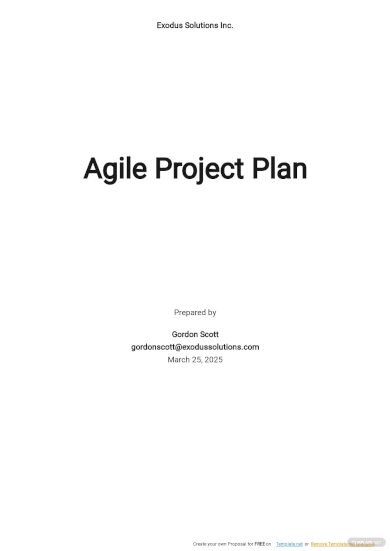
Safe Agile Project Plan Template
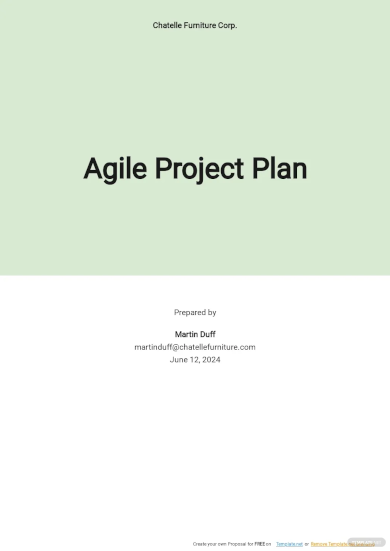
Agile Project Management Plan Template
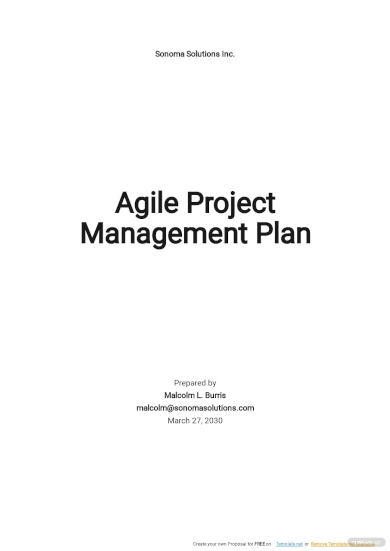
Agile Project Management Communication Plan Template
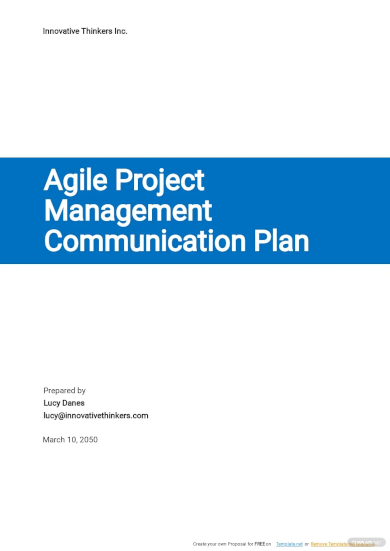
Agile Sprint Project Plan Template
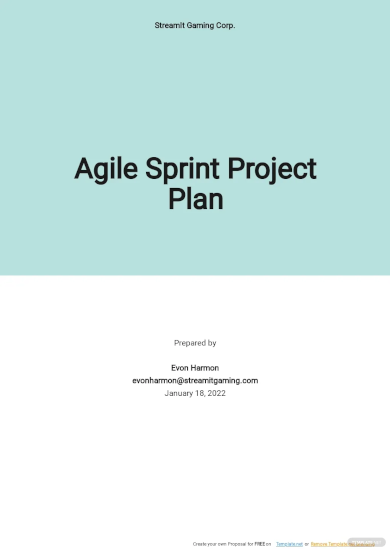
Standard Agile Project Management Plan Example
Detailed Agile Project Management Plan Example
Agile Project Management and Development Plan Example
What Is an Agile Project Plan?
An agile project plan gives an idea on when the production should expect the delivery of particular project features.
To give you a clearer view of the difference of a traditional project management strategy and an agile project plan, the former showcases an assumption of what could happen in the future once the project output has already been delivered as planned while the latter provides the presentation of the time frames of each project features’ delivery.
In comparison to a marketing project plan, an agile project plan also has a fair share of technicalities. You have to look into the document with precision so that your decisions and action plans can affect the project positively and not the other way around. Listed below are some of the key points that you must always remember when drafting an agile project plan.
- An agile project plan is a type of project plan that veers away from the usual planning methodologies that are incorporated in project management. With the usage of an agile project plan, the entire project team can focus more on project features and deliverable rather than the predetermined steps that can actually be affected within the development of the project processes. You may also see daily plan examples.
- An agile project plan is not plainly task-based. This project plan contains iterations that are well-arranged, time-bound, and specific. Having iterations allow the project team to deliver results that contain the actual portions of the project output regularly. If this is done frequently, then there will be a promotion of productivity and proactiveness within all project phases. You may also like weekly plan examples.
- An agile project plan can help project stakeholders further observe and assess the project growth and development. Knowing the current state or condition of the project with the help of frequent end-phase results can give an idea of what is truly happening with the project. You may also like work plan examples.
- An agile project plan addresses issues and concerns pertaining to project phase improvement with multilevel details. The information presented in an agile project plan is based on the time frames of each project activities, the expected deliverable of the project workforce, and the time-sensitivity of the availability of all project features. You may also check out risk plan examples.
Agile Planning, Tracking, and Project Management Example
Agile Release Plan Example
Agile Project Planning and Estimation Example
Factors That Can Affect the Agile Project Plan’s Effectiveness
Just like any comprehensive project plan, there are also some internal and external factors that can impact the results that you can expect and get from using an agile project plan. You have to be aware of these items, may they be big or small, as the efficiency and maximum success potential of the agile project plan is at risk. Some of the factors that can affect the effectiveness of an agile project plan include the following:
1. Knowing the agile project plan is fit for your current project undertaking is one of the initial items that you have to look into. The nature of your project and the type of work processes that are needed to be done should be considered before developing an agile project plan. More so, you have to think of the ability and capability of the project team to adapt and function at their best even with the usage of an agile project plan.
2. There should be a development metrics when it comes to the small releases of project outputs or products, which should be based on the shifts of the marketplace and the changes in customer activities. With the help of iterative development, it will be easier for the team to get feedback from their target audience depending on the current updates of the project. You may also see transition plan examples.
3. An open line, healthy and professional communication, or touch points is very important to be observed within the project team members. Collocation is an essential element that allows the maximum usage of the project team’s time and efforts since work functions and the presence of project features within an entire duration are already specified. You may also like quality plan examples.
4. All project requirements must be considered when developing an agile project plan. Again, these requirements should be identified in particular time frames so that iterations, backlogs, and additional project phase tasks can be addressed. Knowing how iterations can be incorporated with these materials and instances can help you successfully execute an agile project plan. You may also check out simple business plan examples.
5. Be aware of the project action plan. Your agile project plan, though not precisely focusing on task listing, must also have a direction. Since the project team holds the agile project plan, the project manager can also incorporate the general project action plan within development processes so that all stakeholders can ensure the development of the project no matter what angle they look into it.
Basic Agile Project Management Plan Example
Agile Project Estimating and Planning Example
Distributed Agile Project Planning Tools Example
Why Should You Use an Agile Project Plan?
When creating an agile project plan, you need to make sure that you are aware of the purpose of the document’s usage as well as the vision that you have and would like to realize after the activity’s proceeding. Having these in mind can help you develop a document that can work best for you, your project team, and all the stakeholders of the project.
Aside from knowing what should be in a project plan, you also have to consider the reasons on why you need one. With this, you will know how to properly use the document. Some of the reasons why we highly recommend the usage of an agile project plan include the following:
1. Creating an agile project plan can help you prepare for the changes that might occur in your project conditions. Since you are looking into the project plan segments and phases, you can easily adjust future functions and project features depending on the things that you have observed and identified within the current project conditions and iterations. You may also see sales plan examples.
2. Making an agile project plan allows the project to be flexible. Through this document, you can list down all iteration and requirement backlogs which you can still execute and provide on the up and coming project iterations. Learning from the results of your previous project works and action plans can help you adapt to changes accordingly and properly. You may also like annual plan examples.
3. Using an agile project plan can provide clarity to the functionality and project features that your project team would like to deliver on the next iterations. This can make your planning processes more efficient as release plans are more understandable, observed, and specified. You may also check out job plan examples.
4. Drafting an agile project plan can help the project team become more proactive as more value will be put in their work functions. Since typical project action plans are made and updated by project managers, having an agile project plan that is handled by the team can give them more direction as they are the ones who are looking into the iterations needed to be executed depending on results, client feedback, and project requirements and demands.
5. Developing an agile project plan can give you a new perspective when it comes to project management, development, and organization. This document will allow you to identify the actual project processes that can be the most comfortable for you and the entire project team to execute. You might be interested in personal plan examples.
In this manner, you are given a new option on how you will develop strategies and tactics so you can deliver project features in a timely manner.
Agile Project Management Plan Example
Agile Project Estimation and Planning Example
Tips in Making an Agile Project Plan
A construction project plan or any other kind of project plan needs to be managed properly to ensure that efficiency and productivity can be observed within the entire life span of project development. The path that the entire project team must follow is not the only concern that you should have as you also need to be aware of the timeliness of project feature delivery as well as the effective grouping of deliverable based on the project time frames where they are needed.
Prior to this discussion, have you ever made an actual agile project pan, or at least have heard of it? If you are new in the processes of developing an agile project plan or you just want to refresh your memory on how to effectively write one, a few useful tips that can help you create the specified document accordingly are as follows:
1. Be knowledgeable of what an agile project plan is all about. Knowing the scope of this project management document can help you easily identify the things that you need to include in your discussion, strategic development, and general action plans. This can also help you become more specific and direct to the point when presenting the key points of the document.
2. Keep in mind that an agile project plan focuses on the features of the project and the functionality of the workforce within the project duration. Hence, this particular project management method and document does not solely rely on the flow of tasks that are needed to be done in order within the entire project plot but sees through it.
3. Review, assess, and evaluate your final agile project plan draft. Look at the errors that you may have overlooked especially when it comes to grammar and formatting. Moreover, you have to make sure that the actual details presented in the document are credible, updated, real, and concise. You may also see implementation plan examples.
4. Use templates when creating the final format that you would like to use for the agile project plan. You have to find the balance between the content of the document and the layout that will house all the information that you will discuss. It is important for you to come up with a comprehensive and presentable agile project plan discussion for you to make the most out of the document’s usage. You may also like assessment plan examples.
Download any of the agile project plan examples from this post and see how these items can help you create the particular agile project plan that you expect to have. Do not hesitate to add or remove any information present in the references that you will use as each agile project plan differ from one another. Start developing your own agile project plan now and observe how it can change the way you look in the procedures of project management.



